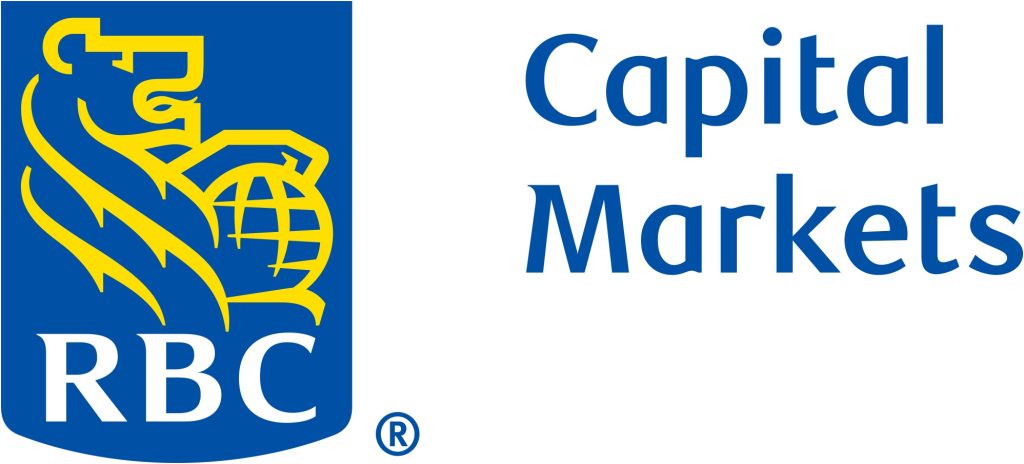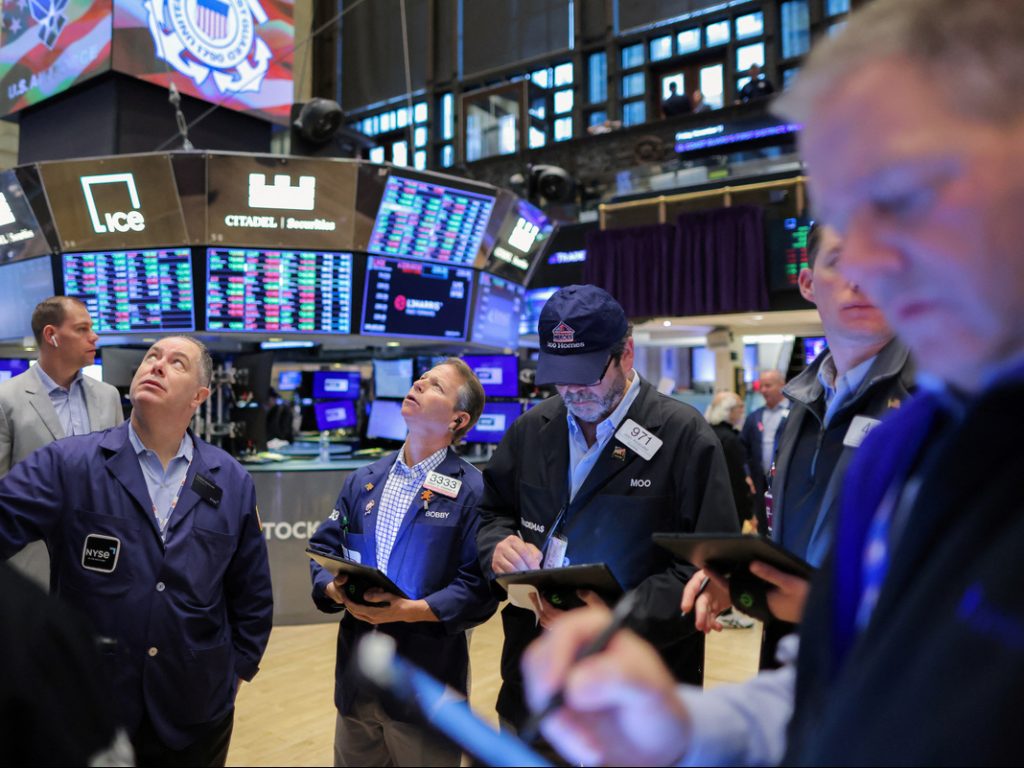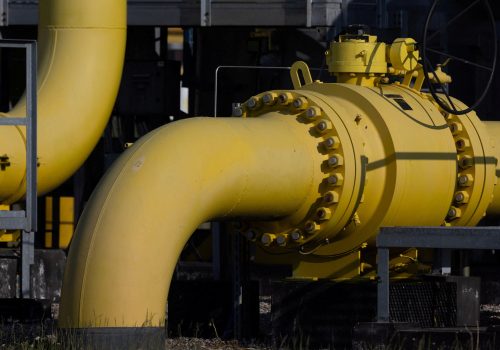High rates of inflation across the world are forcing central banks to reluctantly tighten monetary policy despite accompanying recession risks. Moreover, restricted credit access could jeopardize energy investments, particularly for capital-intensive clean energy projects, potentially rendering the world more vulnerable energy to price shocks, which are a significant contributor to the current crisis.
This paper briefly considers the macroeconomic drivers of inflation in late 2022, including Russia’s war in Ukraine and uncertainties around energy supply, supply-chain resets, and lingering COVID-19 disruptions, before examining the persistent energy underinvestment of the past decade and how this has left markets exposed to varying degrees. As such, this paper also considers how private capital can accelerate cleaner energy adoption, suited to different markets’ unique conditions and needs. Borrowing costs will rise, but this doesn’t have to bring the transition to a standstill. With the Great Moderation of low volatility, interest rates, and inflation perhaps a relic of the past, assets offering inflation protection, such as infrastructure, may become increasingly attractive to investors.
There is a fear that global inflation will sharply curtail energy investment into emerging markets. The fear is justified. Higher interest rates in developed markets mean higher rates of return which will lure emerging markets investors back to the US and Europe.
Still, it’s not all bad news for emerging markets. Quasi-state actors like Pension and Sovereign Welfare funds are interested in very long term, high-yield projects—two criteria to which emerging market energy infrastructure correspond. Disruptions to interest rates and inflation, triggered in part by energy underinvestment, will cause disparate impacts in different markets.
Inflation is not, perhaps, everywhere and always a monetary phenomenon. Energy investment faltered from 2014 to 2020, despite low interest rates. Meanwhile, aggregate supply shocks—first due to COVID, then from Putin’s invasion of Ukraine—have pressured energy production and prices, raising inflation and necessitating interest rate hikes. The consequences of persistent energy underinvestment are now becoming apparent.
The need for new energy infrastructure cannot be met without private investment. This was the case when inflation was lower; it is even more important now.
Authors
SUPPORTED BY

Related content
stay connected
Subscribe to our newsletter
Sign up to receive our weekly DirectCurrent newsletter to stay up to date on the program’s work.

The Global Energy Center develops and promotes pragmatic and nonpartisan policy solutions designed to advance global energy security, enhance economic opportunity, and accelerate pathways to net-zero emissions.
Image: Traders work on the trading floor at the New York Stock Exchange (NYSE) in Manhattan, New York City, U.S., November 11, 2022. REUTERS/Andrew Kelly - RC2QJX98C1BB




